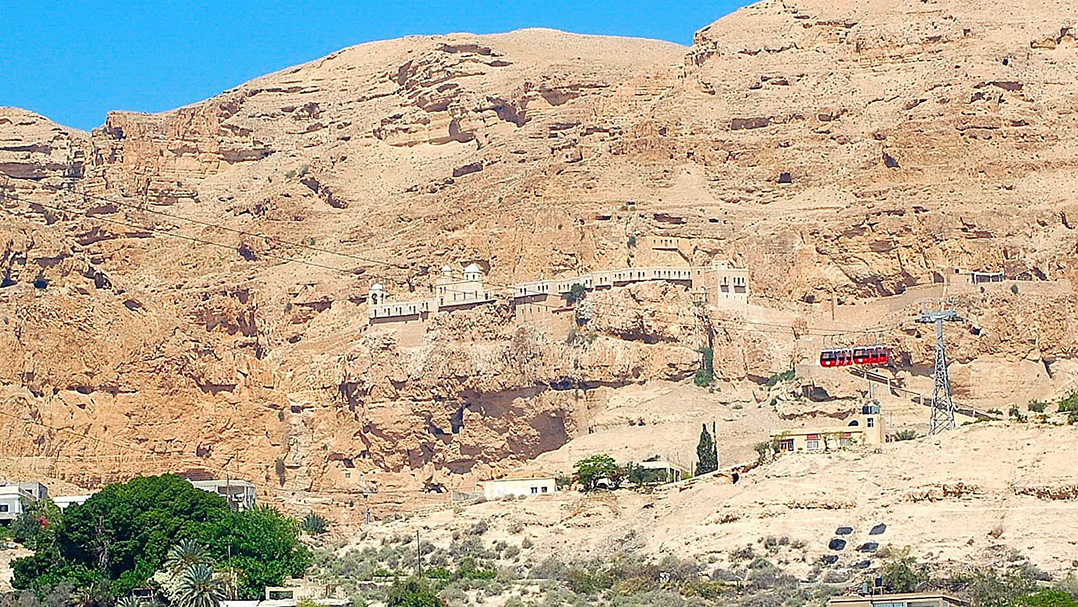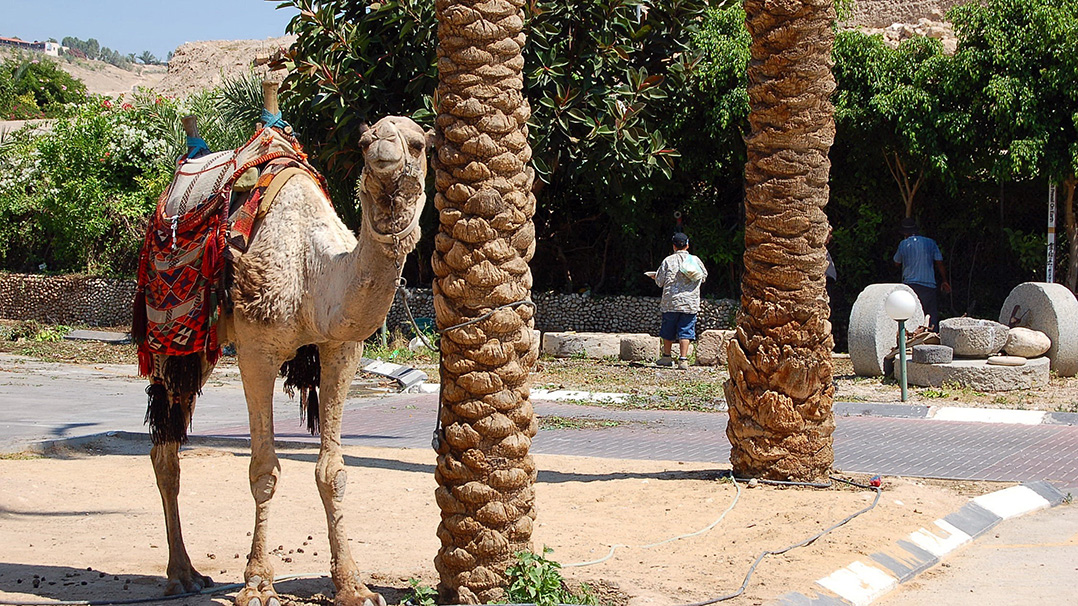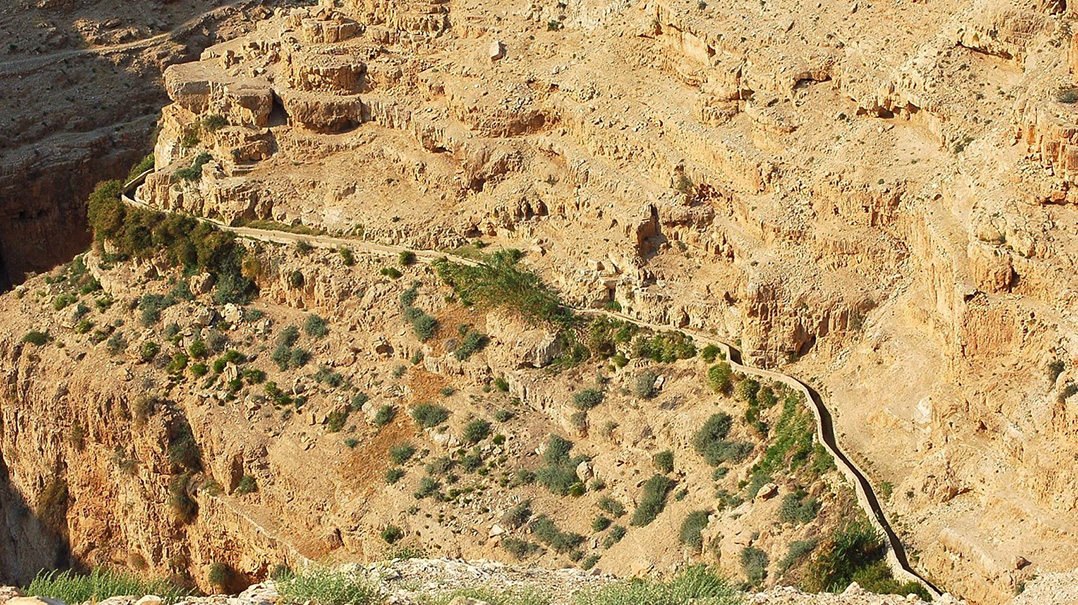Today, in our continuing tour of Israel and the Palestinian Territories, we come to Jericho, a city with biblical significance and many historic firsts.
Jericho, with a population of about 20,000, is in the Palestinian Territories just west of the Jordan River and about 20 miles east of Jerusalem. Although located within the Judean Desert, Jericho has long been known as the City of Palms because of its lush tropical landscape, watered by underground springs. Nomads attracted by those springs founded Jericho in about 10,000 B.C., creating what many believe is the world’s first permanent settlement. In about 9,400 B.C., Jericho residents erected the world’s first city walls. A cylindrical stone tower in Jericho, built in about 8,000 B.C., was the tallest man-made structure in the world until about 2,650 B.C., when it was surpassed by the stepped pyramid of Djoser in Egypt. At 846 feet below sea level, Jericho is the lowest city in the world.
Jericho is the site of the biblical story where Joshua “fought the battle” and the “walls came tumbling down.” Most archaeologists today believe that the walls of Jericho were destroyed by an earthquake hundreds of years before the presumed time of Joshua and that Jericho was not occupied at that time. Jericho is near where the Bible says Jesus was tempted by Satan for 40 days and 40 nights before he began his ministry. The Greek Orthodox Monastery of the Temptation in the hills above Jericho, a popular tourist destination reachable by cable car, remembers that story. Jericho is the eastern terminus of the treacherous Jericho Road leading to Jerusalem that was the setting for Jesus’ parable about the Good Samaritan. Jericho is also the site of the story of Jesus healing the blind beggar and dining with Zacchaeus while on his way to Jerusalem for the last time.








